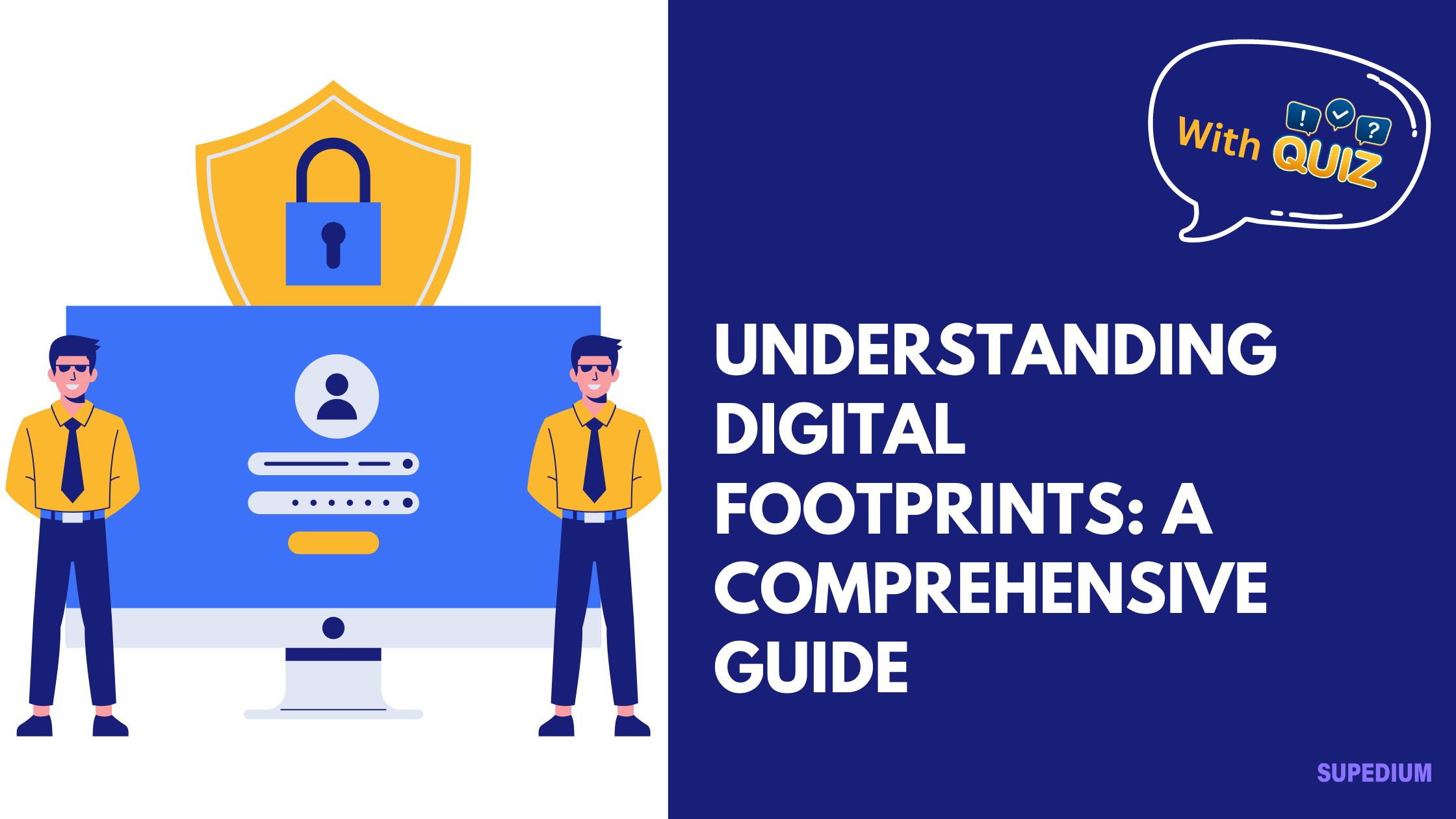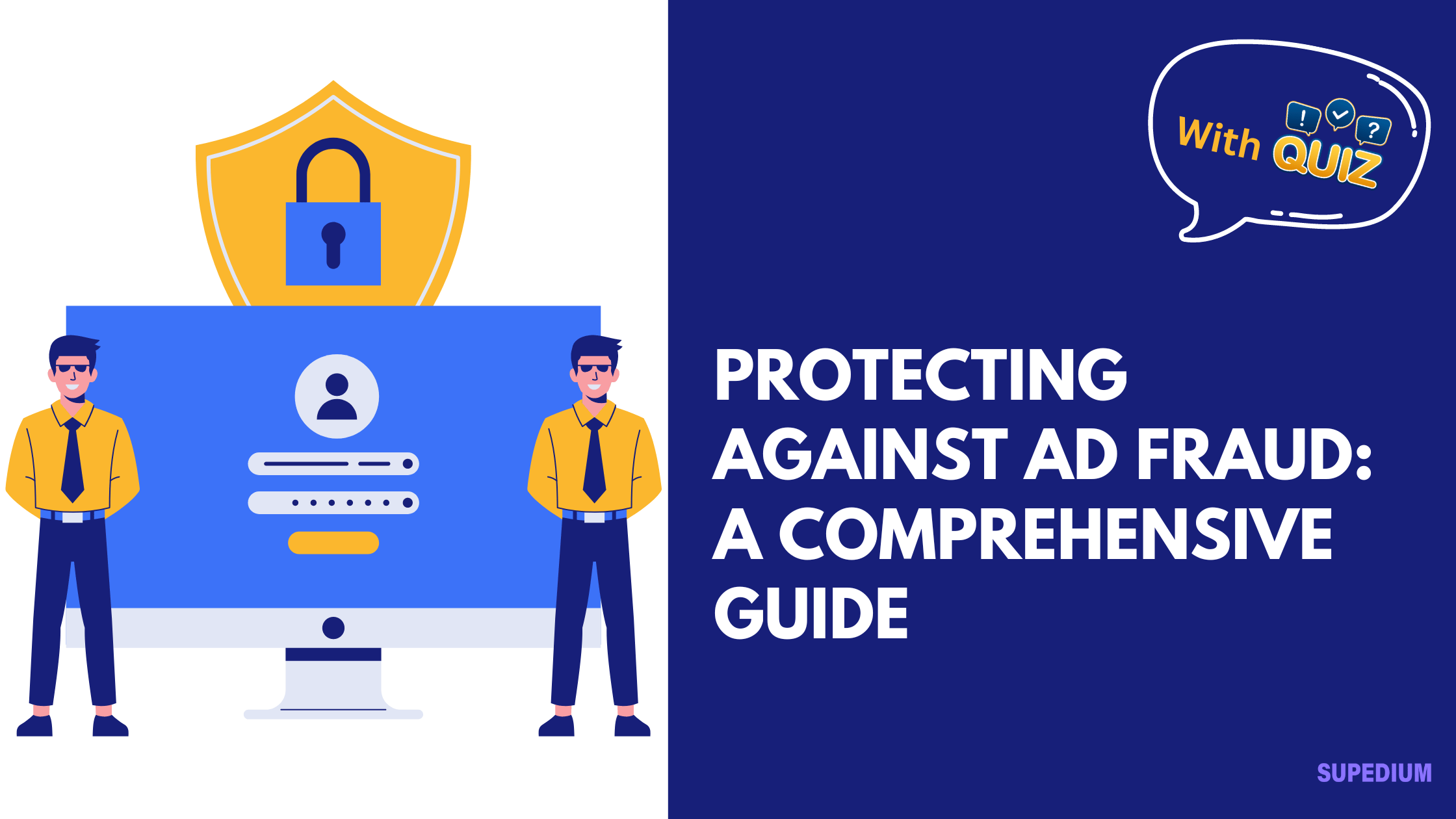Table of Contents
- 0.0.1 I. Introduction
- 0.0.2 II. Components of Digital Footprints
- 0.0.3 III. The Technology Behind Digital Footprints
- 0.0.4 IV. Privacy Implications
- 0.0.5 V. Managing and Controlling Your Digital Footprint
- 0.0.6 VI. Case Studies and Real-World Examples
- 0.0.7 VII. Future Trends and Considerations
- 0.0.8 VIII. Conclusion
- 1 Quiz Time
![]()
I. Introduction
In today’s digital age, our online activities leave a trail known as a digital footprint. This term refers to the information about us that is available online, either actively or passively. Understanding digital footprints is crucial due to their impact on privacy and their potential implications for both personal and professional life. This article aims to provide a thorough understanding of digital footprints, their components, technological underpinnings, privacy implications, management strategies, and future trends.
II. Components of Digital Footprints
Active Digital Footprint
Active digital footprints are created intentionally through direct online interactions. Key components include:
- Social Media Activity: Every post, like, share, and comment on platforms such as Facebook, Twitter, and Instagram contributes to your active digital footprint. This content reveals personal interests, beliefs, and interactions.
- Online Accounts and Registrations: Creating accounts on various websites and services adds to your digital footprint. This includes email accounts, online shopping sites, and subscription services.
- Content Creation: Personal blogs, websites, and forum posts also constitute an active digital footprint. These contributions often reflect your professional expertise, hobbies, and personal opinions.
Passive Digital Footprint
Passive digital footprints are less visible and often occur without direct user interaction. These include:
- Web Browsing History: Your browsing activity is tracked through cookies and other tracking technologies. This history reveals your online interests and habits.
- Data Collection by Websites: Websites use analytics tools to gather data about visitors, including pages visited, time spent on each page, and user behavior.
- Public Records and Data Breaches: Information from public records or data breaches contributes to your digital footprint. This includes data that may have been exposed through hacking or leaks.
III. The Technology Behind Digital Footprints
Understanding how digital footprints are tracked involves delving into various technologies:
- Cookies and Tracking Technologies: Cookies are small data files stored on your device by websites. They help in remembering your preferences but can also track your online activity. Types of cookies include session cookies, which are temporary, and third-party cookies, which track your activity across different sites.
- Data Analytics and Profiling: Websites and data brokers use sophisticated analytics tools to profile users based on their behavior. This includes collecting data on browsing patterns, purchase history, and social media activity. Machine learning algorithms analyze this data to create detailed user profiles.
- Web Beacons and Tracking Pixels: These are small, invisible images embedded in web pages or emails. They track user interactions by sending information back to the server, such as whether an email was opened or a webpage was visited.
IV. Privacy Implications
Personal Privacy Risks
Digital footprints pose significant privacy risks. Identity theft, cyberstalking, and unwanted exposure of personal information are major concerns. For instance, detailed personal data available online can be used to impersonate individuals or commit fraud.
Professional Risks
In a professional context, digital footprints can impact reputation and job prospects. Inappropriate or unprofessional content can be discovered by potential employers or colleagues, influencing hiring decisions and career opportunities.
Legal and Regulatory Considerations
Privacy laws such as the General Data Protection Regulation (GDPR) and the California Consumer Privacy Act (CCPA) aim to protect personal data and regulate how it is used. These laws provide rights such as data access, correction, and deletion, as well as protections against unauthorized data collection and processing.
V. Managing and Controlling Your Digital Footprint
Strategies for Managing Active Footprints
- Privacy Settings: Adjusting privacy settings on social media platforms can limit who sees your posts and personal information. Regularly reviewing these settings ensures that your online presence aligns with your privacy preferences.
- Regular Updates: Periodically updating and reviewing your online profiles helps in maintaining control over the information shared. This includes removing outdated or irrelevant content.
Tools and Techniques for Managing Passive Footprints
- Privacy-Focused Browsers: Using browsers that emphasize privacy, such as Brave or Firefox with privacy extensions, can limit tracking and data collection.
- Ad-Blockers and Anti-Tracking Tools: Installing ad-blockers and anti-tracking extensions can prevent websites from tracking your online activity and collecting data.
Best Practices for Online Behavior
- Strong Passwords: Creating strong, unique passwords for different accounts and using two-factor authentication enhances security and reduces the risk of unauthorized access.
- Mindful Sharing: Being cautious about the information you share online helps in protecting your privacy and minimizing unwanted exposure.
VI. Case Studies and Real-World Examples
Positive Use of Digital Footprints
Digital footprints can be leveraged positively, such as in building a professional online presence. For example, LinkedIn profiles can showcase skills and achievements to attract potential employers or clients. Data collected through digital footprints can also enhance user experiences by personalizing content and services.
Negative Consequences
Conversely, negative consequences include identity theft, where personal information is stolen and used fraudulently, and online harassment, where malicious actors exploit digital footprints to target individuals. High-profile cases, such as data breaches involving major corporations, highlight the risks associated with digital footprints.
VII. Future Trends and Considerations
Advancements in Technology
Future advancements in tracking technology, such as more sophisticated algorithms and increased data collection capabilities, will likely impact how digital footprints are managed. Innovations in AI and machine learning may enhance profiling techniques and raise new privacy concerns.
Evolving Privacy Laws and Regulations
Privacy laws are expected to evolve in response to technological changes and growing public concerns about data security. Anticipated developments may include stricter regulations on data collection and enhanced rights for individuals.
Shifts in Public Attitudes Towards Privacy
As awareness of digital privacy issues grows, public attitudes are shifting towards greater demand for transparency and control over personal data. This shift may influence both regulatory frameworks and corporate practices regarding data handling.
VIII. Conclusion
Understanding digital footprints is essential in navigating the complexities of online privacy and security. By recognizing the components, technologies, and implications of digital footprints, individuals can take proactive steps to manage and protect their online presence. Continuous vigilance and informed practices are key to maintaining control over one’s digital footprint in an ever-evolving digital landscape.






Be the first to comment